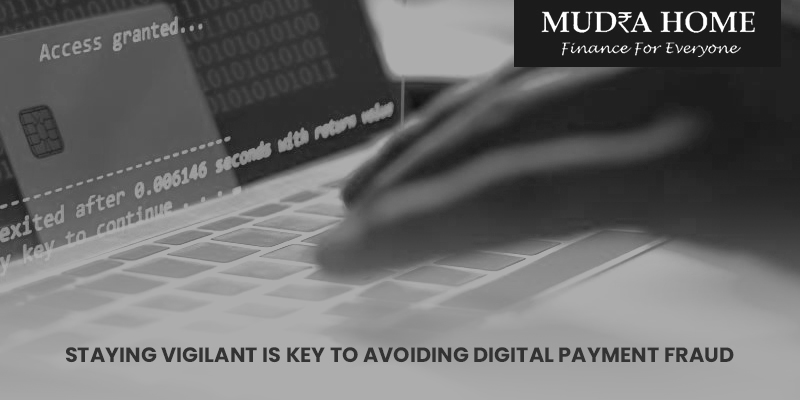
From credit cards to mobile wallets and everything in between, digital payments are an increasingly popular and convenient option for consumers. The growth of digital payment platforms and apps in recent years has dramatically reduced people’s reliance on cash. People can use these digital technologies to make payments in seconds with just a few taps on a computer or mobile phone screen.
However, process simplification and convenience have drawbacks such as B. Consumer privacy and cash flow issues. In addition, the rise of digital payments has increased cybercrime. Even slight negligence can make you a victim of cyber fraud. Some of the typical digital payment scams that customers should be aware of when making payments online are:
bogus loan offers
In this type of scam, the scammers offer incredibly low-interest rates, pay little attention to your credit score, and trick you into accepting the loan, saying the offer is only good for a short time. They charge an upfront loan processing fee to pay off the loan but stop answering calls once customers stop making payments as per their demands. They also try to gain the trust of the victims by providing the names of trusted banks and financial institutions before asking them to accept the offer. Scammers have been known to use fake email addresses, domain names, or websites that appear similar or identical to legitimate NBFCs to trick people into obtaining loans.
These are some classic warning signs of a bogus loan offer, so be on the lookout.
KYC Fraud Update
With KYC now required for online wallets, scammers have found new ways to cheat users out of their money. You may receive a text message with a link asking you to update your KYC. The link will ask for your account/credit card information and OTP details. However, the money will be debited from your account/credit card as soon as you submit the information. Always trust official ratings from banking agencies or websites rather than text messages as they are more reliable.
insurance fraud
In doing so, scammers fool unsuspecting consumers who can’t tell the difference between real and bogus insurance regulator websites. They pose as representatives of well-known financial institutions and gain the trust of customers by offering to obtain a loan from a financial institution (if the customer buys insurance from them). Your awareness then becomes essential. Always check that the website you are working on is secure and starts with “HTTPS” instead of “HTTP”. You will also need to verify the physical website address, email address (which must be legitimate), and phone number.
identity fraud
In this scam mode, you receive an email that appears to be from a legitimate company and contains links or attachments that you can download. This is a fairly popular data theft method, as clicking on a link or downloading a file would give the scammer access to your device and data.
There are several easy-to-follow guidelines that you should follow to avoid falling victim to online scams or scams. Check every detail, avoid sharing sensitive information via calls, emails, SMS, or WhatsApp, run a background check on your agents, learn the exact steps for loan and insurance applications, and get approved. These are just a few things to consider. annoying The only way to protect yourself from these scammers and their malicious activities is to stay vigilant when making digital transactions.
Anyone who is a victim of digital fraud should report any suspicious events and/or theft of money as a result of such fraudulent acts and practices to the appropriate authorities, such as the police, including the Cyber Crime Cell, and telecommunications. controller. Complaints related to cybercrime should only be reported to the National Cyber Crime Reporting Portal or by calling the 1930 hotline once cyber fraud is identified.